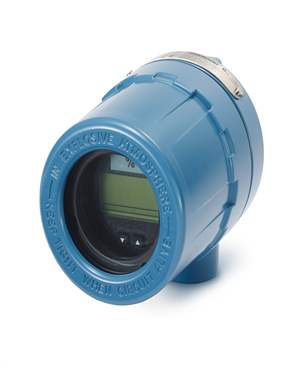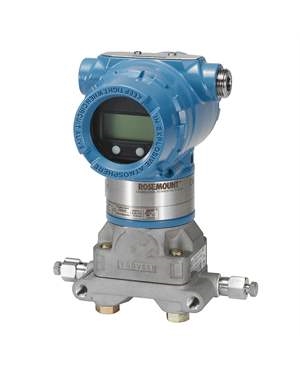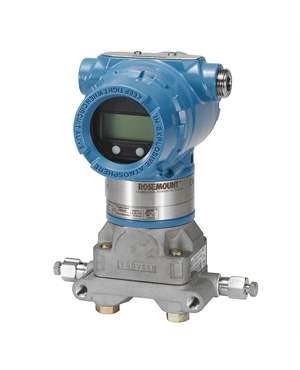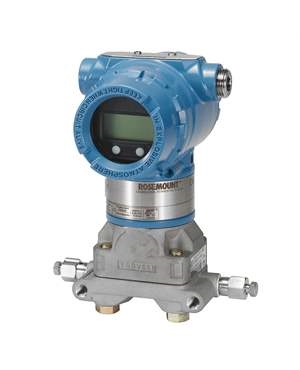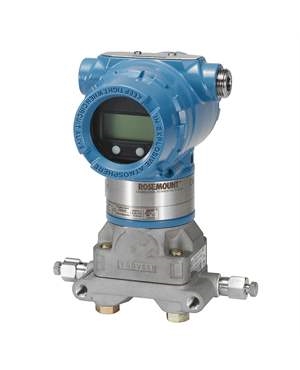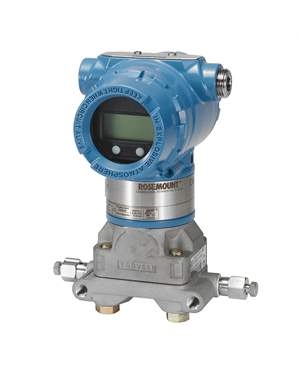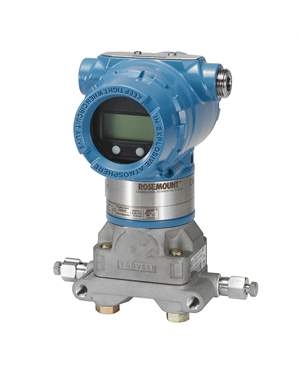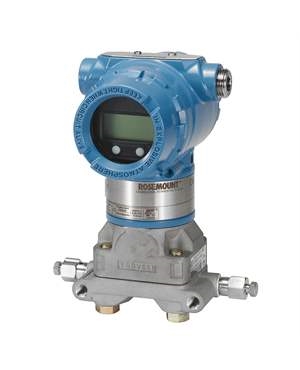Best Explosion Proof Switches for Hazardous Environments
Brian Craig
August 06, 2025
When working in hazardous environments, such as oil & gas, chemical processing, mining, or wastewater treatment, safety isn’t optional. Equipment must meet strict standards to prevent ignition of flammable gases, vapors, or dust. That’s where explosion-proof switches come in. These rugged, sealed devices play a critical role in control and automation, ensuring reliable operation even under extreme conditions.
In this guide, we’ll explore the best explosion-proof switches for hazardous applications, discuss key features to look for, and recommend proven options trusted by industry professionals.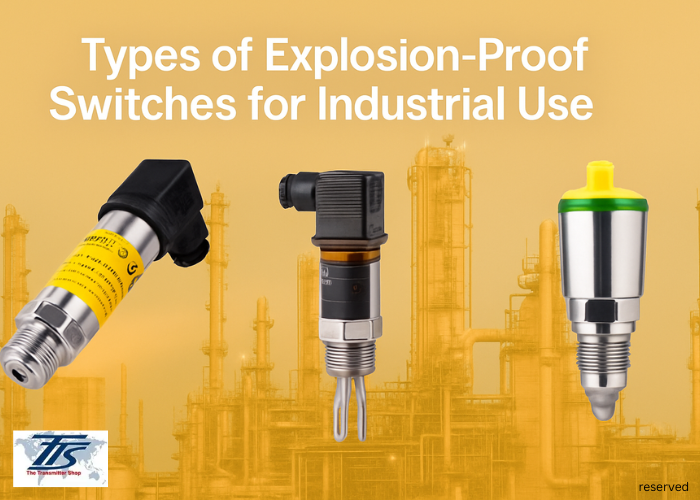
What Is an Explosion-Proof Switch?
An explosion-proof switch is a specially designed electrical switch that can safely operate in explosive atmospheres. Unlike standard switches, it is built to contain any internal explosion and prevent it from igniting the surrounding atmosphere.
These switches often carry certifications like ATEX, IECEx, FM, or CSA, ensuring compliance with global safety standards for use in Zone 1/2 (gas) and Zone 21/22 (dust) environments.
Types of Explosion-Proof Switches for Industrial Use
Let’s break down some of the most commonly used explosion-proof switches in hazardous industries:
-
1. Explosion-Proof Level Switch
An explosion-proof level switch detects fluid levels in tanks, vessels, or pipelines within hazardous zones. These are ideal for oil & gas, chemical, and pharmaceutical industries where flammable liquids are stored.
Top Features:
- Vibrating, capacitive, or float-based technology
- Intrinsically safe wiring options
- Corrosion-resistant housing
Popular Models:
- VEGA VEGASWING, VEGAVIB, and VEGAPOINT Series
- ERH Series Level Switches
Explore Explosion-Proof Level Switches ›
-
2. Explosion-Proof Limit Switch
An explosion-proof limit switch provides position feedback in actuators or moving equipment. Common in refineries, conveyor systems, and process plants.
Top Benefits:
- Withstands high vibration and shock
- Flameproof or encapsulated enclosure
- Dust-tight sealing for explosive dust areas
-
3. Explosion-Proof Float Switch
These switches are perfect for liquid level control in tanks, sumps, or wells located in classified zones.
Key Advantages:
- Simple design, low maintenance
- Suitable for high-viscosity or dirty liquids
- Available in stainless steel for corrosion resistance
-
4. Explosion-Proof Differential Pressure Switch
Used to monitor pressure differences across filters, pumps, or valves, these switches are vital in combustion systems and chemical processes.
Must-Have Features:
- Dual pressure inputs
- Hermetically sealed contacts
- Flameproof enclosures with ATEX or CSA ratings
-
5. Industrial Pressure Switch (Explosion Proof Rated)
This general-purpose pressure switch type is built for broad industrial use in explosive zones.
Applications:
- Compressors and pumps
- Natural gas pipelines
- Petrochemical process systems
Comparison Table: Top Explosion-Proof Switches
|
Switch Type |
Best For |
Certifications |
Temp Range |
|
Explosion-Proof Level Switch |
Tanks, chemical vessels |
ATEX, IECEx, FM |
-40 to 150°C |
|
Explosion-Proof Limit Switch |
Valves, conveyors, actuators |
CSA, UL, FM |
-25 to 125°C |
|
Explosion-Proof Float Switch |
Sumps, wastewater, oil tanks |
ATEX, UL |
-20 to 100°C |
|
Differential Pressure Switch (Ex) |
Filters, blowers, pressure tanks |
FM, CSA, ATEX |
-25 to 120°C |
|
Flameproof Pressure Switch |
Pipelines, combustion systems |
ATEX, CSA |
Up to 200°C |
How to Choose the Right Explosion-Proof Switch
Choosing the right switch involves more than just picking a certified product. Here's what users should consider:
-
Understand the Hazardous Zone Classification
Know whether you're in Zone 0, 1, or 2 (gas), or Zone 20, 21, or 22 (dust).
-
Select Based on Media Type
- Liquid → Float or level switch
- Gas → Pressure or limit switch
- Dust → Encapsulated or flameproof types
-
Match Environmental Requirements
Check temperature, pressure, material compatibility, and ingress protection (IP rating).
-
Look for Third-Party Certifications
Ensure your product is compliant with ATEX , IECEx, FM, or CSA.
-
Consult With a Specialist
Don’t guess—talk to someone who understands hazardous environments.
Contact TTS Experts ›
Certifications Glossary: What Do They Mean?
ATEX vs IECEx – What’s the Difference?
- ATEX: European directive for explosive atmospheres
- IECEx: Global certification from the International Electrotechnical Commission
- FM/CSA: North American standards for explosion protection
All indicate that a product is safe to use in hazardous, flammable environments.
FAQs: Explosion-Proof Switches
Q1. What does “explosion-proof” mean in switches?
It means the device is built to contain internal sparks or flames and prevent them from igniting the external atmosphere.
Q2. Can I use a flameproof switch in a dust zone?
Yes, but the product must be rated for both gas and dust classifications.
Q3. What’s the difference between flameproof and intrinsically safe?
- Flameproof: Contains the explosion
- Intrinsically safe: Prevents sparks or heat from being generated
Q4. How often should these switches be maintained?
Explosion-proof switches should be inspected annually and more often in high-risk environments.
Q5. Are all industrial switches explosion-proof?
No, only those explicitly rated and certified for hazardous zones.
Why Choose The Transmitter Shop (TTS)?
With over 30 years of experience, The Transmitter Shop offers:
- A wide range of explosion-proof level switches, pressure switches, float switches, and more
- Top brands like VEGA, Foxboro, Rosemount and Applisens
- Competitive pricing and two-year warranties
- Fast shipping and knowledgeable support
Whether you’re upgrading an existing system or specifying components for a new build, our experts are here to help.
Need Help Choosing the Right Explosion-Proof Switch?
Our experienced team is available 24/7 to help you find the perfect solution for your hazardous area applications. Call us or Request a Quote
Related Posts
- Flow Measurement Challenges in Subsea Operations
- Pressure Sensing Sensor Modes of Measurement Key Differences and Benefits
- Electromagnetic Flow Sensors for Abrasive and Corrosive Fluids
- Mass Flow Meters and Their Working Principles
- Best Explosion Proof Switches for Hazardous Environments
- Best Explosion Proof Switches for Hazardous Environments
- Furnace Flame Sensor Faults Everything You Need to Know for Safe Operation
- Pneumatic Pressure Controllers: A Safe Choice for Hazardous Areas
- A Practical Guide to Vacuum Measurement and Operation
- Understanding Electrochemical Detection: Principles, Techniques and Environmental Application
QUICK ENQUIRY
